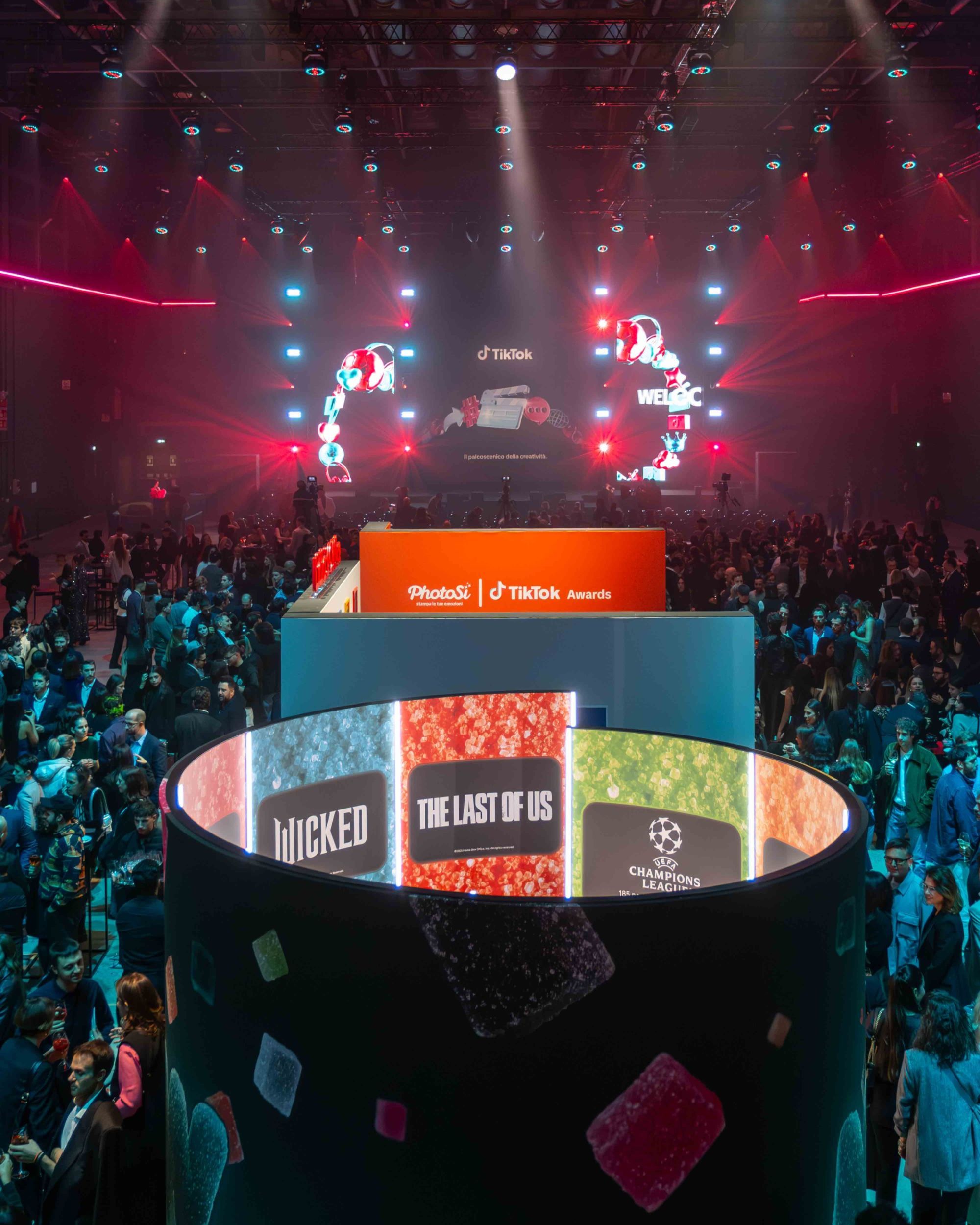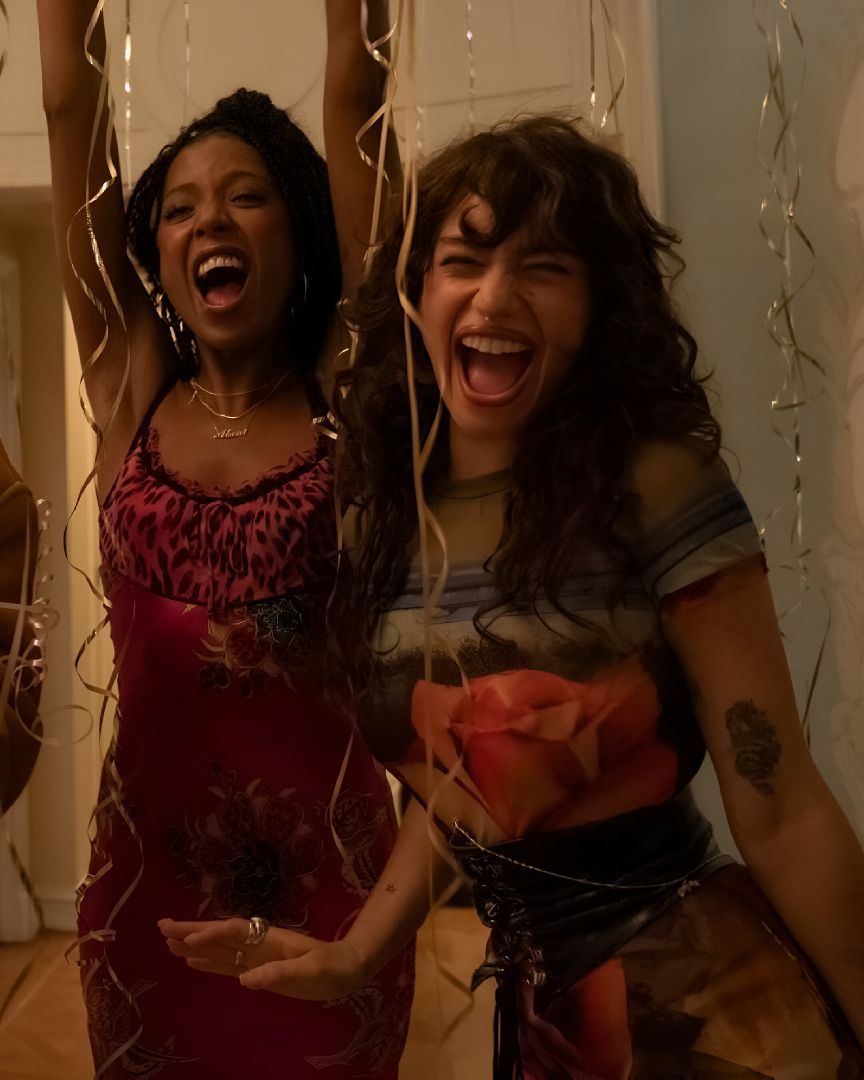
Will the pandemic mark the end of influencer marketing? In April, sponsored content on Instagram was down by 85%
Just over a month ago, nss magazine made an analysis of the present and future of influencer marketing, one of the sectors of the fashion industry most affected by the spread of the pandemic. As the weeks went by, and as the virus advanced, the hypothesis that the pandemic could end influencer marketing in its entirety has made its way. It is difficult to imagine that such a strategic asset, that has become fundamental for the industry - in which brands have invested over $8 billion dollars last year - could disappear overnight.
With the outbreak of the epidemic, budgets for influencer marketing were the first to be cut, in a broader attempt to contain costs. Instagram-sponsored content fell 85% in April, while prices for a sponsored post dropped from 20% to 30%. In a time of crisis like this, brands are much more interested in sales, rather than in visibility that brings little, if any, revenue. Although its final decline still appears far away, it is likely that this crisis will only accelerate and sharpen the changes already underway, inevitable transformations that began before the pandemic.
Focus on sales
Even before the outbreak of the pandemic, it was clear that influencer industry had reached its peak. A model characterized by crazy rhythms and costs started to show its flaws even in the pre-COVID-19 life: what we're seeing today is not a decline happened overnight, but rather an announced end, as nss magazine highlighted in its first digital cover. The most popular and followed influencers could also ask for 20K dollars for a sponsored post, and it didn't matter if that photo, published on their feed, would also have generated sales. In normal times, what brands paid for was visibility, awareness and a reputation that only personalities of a certain calibre can ensure. Now the situation is reversed.
Although engagement has grown exponentially for many influencers during the lockdown, not all brands believe that the time spent on social media will lead to actual sales. In fact, the conversion has decreased significantly: even if influencers are able to guide their followers to the website of the brand in question, the number of people making a purchase is still very low.
A new storytelling
As the lifestyle changed, and in the light of this delicate situation, influencers and brands had to adapt to a new type of narration. It is no longer the time to work on 'inspirational' feeds, aesthetic mood boards that are very distant from reality, users are looking for content in which they can identify, that feels relatable. But most of all, in light of the heavy budget cuts, it is worth (and more convenient) in any way to create your own content. Just think of the Jacquemus At Home campaign, shot via FaceTime practically with zero costs, and the success it has had.
There has been, moreover, massive use of newsletters by brands. Put together by the employees of the brand, this type of NL does not include only products, new entries to buy and items on sale not be missed, but also tips, quotes, GIFs, anything that can act as a distraction from the monotonous lockdown days. With an average of +25% of open emails and with an even lower number of 'unsubscribe' requests, that of the newsletter has proved to be a winning method. The ability to communicate with your audience directly, moreover in such a private and intimate place as the mailbox, meant that consumers felt listened to and revered.
When dealing with social media, however, other brands have preferred to involve their employees, as in the case of Marc Jacobs or, in a slightly different way, Ganni. The basic strategy is to try to transform the salespeople, executives, creatives, and designers of the brand, into the faces of the brand itself, 2.0 influencers that are more authentic thanks to their direct and privileged relationship with the brand. Banally, the people who work with that brand are more credible, they share the same ideas and values, as opposed to influencers paid to sponsor them. A brand that has never needed to use influencers is Glossier, which during the lockdown made its employees and product developers the faces of its Instagram profile. In this sense, the greatest success was achieved in China by the employees of the department stores InTime, who organized lives and streaming while 27 of their stores were closed to the public. In about an hour, the store sold over 27,000 products, according to a Fung Business Intelligence report.
Step outside the comfort zone
It is questionable how many of these measures, taken in times of crisis, will survive even when the industry returns to a new normal. As nss magazine had already pointed out, what influencers will have to do to continue working is to diversify their business, presenting themselves to brands with more skills and expertise, which go beyond knowing how to simply pose in front of a camera. But not only. The lockdown offers the opportunity to sponsor and therefore collaborate with different brands, not necessarily from the world of fashion, but for example innovative apps, delivery services, tools and appliances for the home and kitchen. It is this type of products that ensures a more authentic narration in these home days, strategic and 'relatable' images perfect for establishing a more authentic relationship with your following. For many influencers, moreover, the ultimate goal is the creation of a product line or a brand, a success that can be achieved by demonstrating that they're able to communicate their aesthetics and personality to a loyal audience, who will want to buy those products.
From the point of view of brands, however, this is the time to venture into new territories, to experiment with new means. During the lockdown, several brands have used Zyper, a marketing platform where fans of the brand produce and post their own content for the brand, in exchange for free products and other rewards. Not only are more and more brands relying on so-called micro-influencers, in general, but the research also focuses on profiles with a high degree of engagement, without giving too much importance to the total number of followers. Finally, the pandemic decreed the victory and the absolute relevance of TikTok, currently the most downloaded app in the world: this is where fashion brands have to invest, following a success already carried out by cosmetic and make-up companies.
Looking at the future, although the pandemic will not cancel influencer marketing in its entirety, it will undoubtedly leave deep traces on this industry. With the advent in the coming months of digital fashion weeks and the inevitable list of online events, this is the time for influencers to reinvent themselves, to prove themselves indispensable players for the industry, even without physical events and without the same number of partnerships of before. Brands, on the other hand, must return to an essential narrative, created without external collaborations and stimuli, but only the result of new strategies and new means of communication.














































